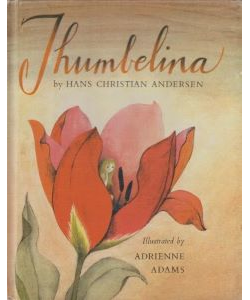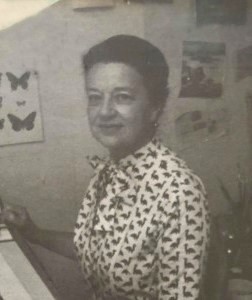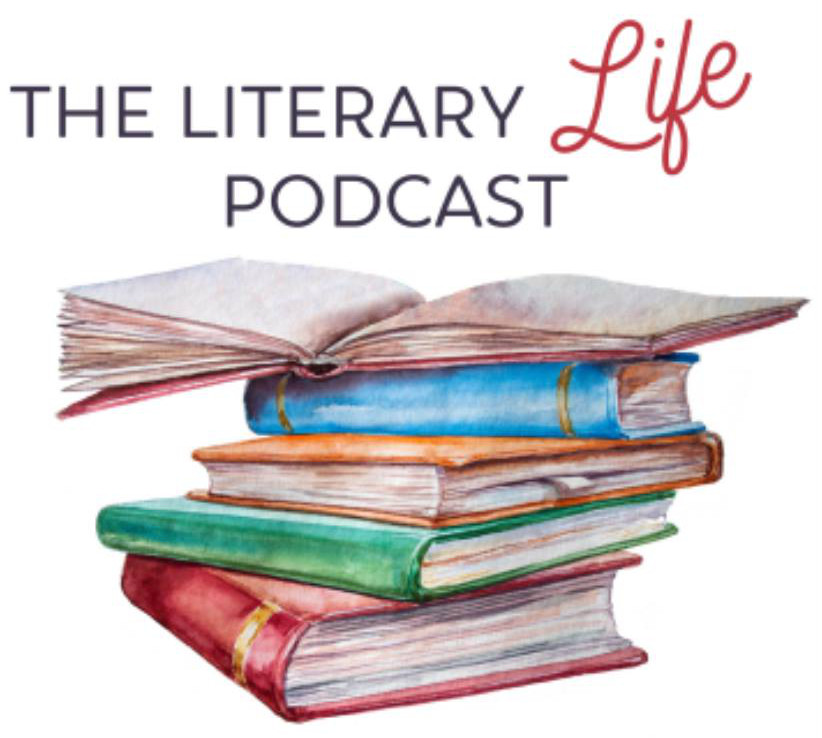Thumbelina

Content:
Thumbelina by Hans Christian Andersen ![]() Information you may want to know about this author
Information you may want to know about this author
Illustrator:
Adrienne Adams ![]()
Translator:
R.P. Keigwin
Publication:
1961 by Charles Scribner's Sons
Genre:
Fairy Tales, Fiction, Folk Tales, Picture Books
Pages:
65
Current state:
Basic information has been added for this book.
It has been read but content considerations may not be complete.
Book Guide
Search for this book used on:
That unique favorite of fairytale heroines, Thumbelina, comes happily to life in this rich interpretation of Andersen's tale. With the same strength of imagination found in her other picture books, Adrienne Adams has portrayed Thumbelina's enchantingly small world with all her friends and enemies and piquant adventures. The delicate details and bright colors will be a delight to young readers.
Adrienne Adams is the ideal person to illustrate this classic fairy tale. In 1960 her fine talent brought vividly to life The Shoemaker and the Elves, an ALA Notable Children's Book, which immediately endeared itself to everyone. The translation of Thumbelina she has chosen in the well-known one by R. P. Keigwin.
From the dust jacket
To view an example page please sign in.
Resource Guide
Episode 70: Why Read Fairy Tales?
Released in 2020 by The Literary Life
Available formats: Streaming Audio
Length: 1 hr. 29 min.
View on the The Literary Life site
"Angelina Stanford and Cindy Rollins tackle the topic of fairy stories, discussing the what, why and how of reading them. Angelina shares the distinctive characteristics of fairy stories in contrast to other types of stories, such as myths. They deal with the question of whether fairy tales are 'escapist', the influence of the Grimm brothers scholarly work on interpreting fairy stories, and allowing the story to unveil its deeper truths without forcing meaning onto it.
Angelina gives an illustration of how to see the gospel messages in fairy tales by talking us through the story of Sleeping Beauty. She refutes the ideas that fairy tales are about human romance or are misogynistic. She also highlights some of the Enlightenment and Puritan responses to fairy tales that still linger with us today. Cindy and Angelina also discuss some common concerns such as the magical, weird, or scary aspects of fairy tales. Angelina also makes a distinction between folk tales, literary fairy tales, and cautionary tales."
Find This Book
Search for this book used on:



